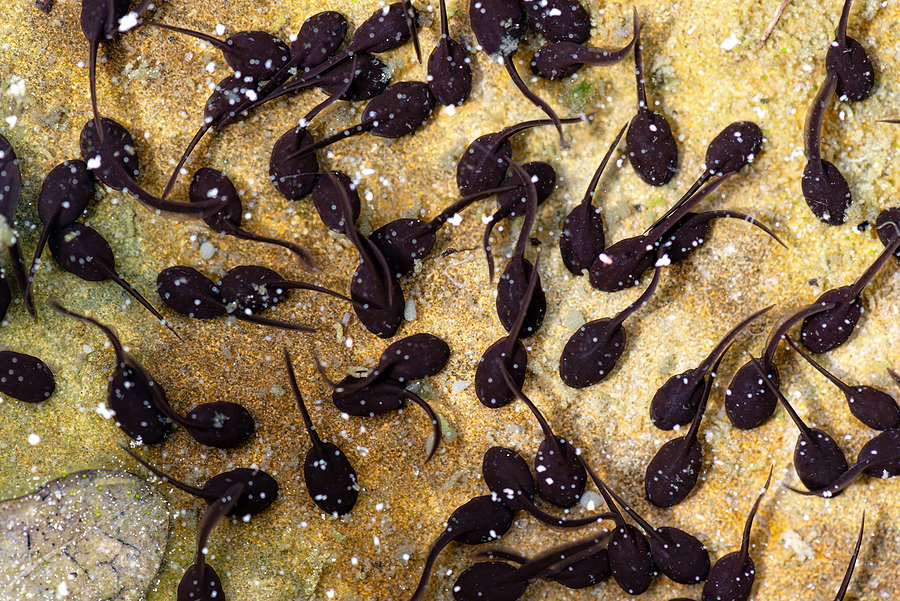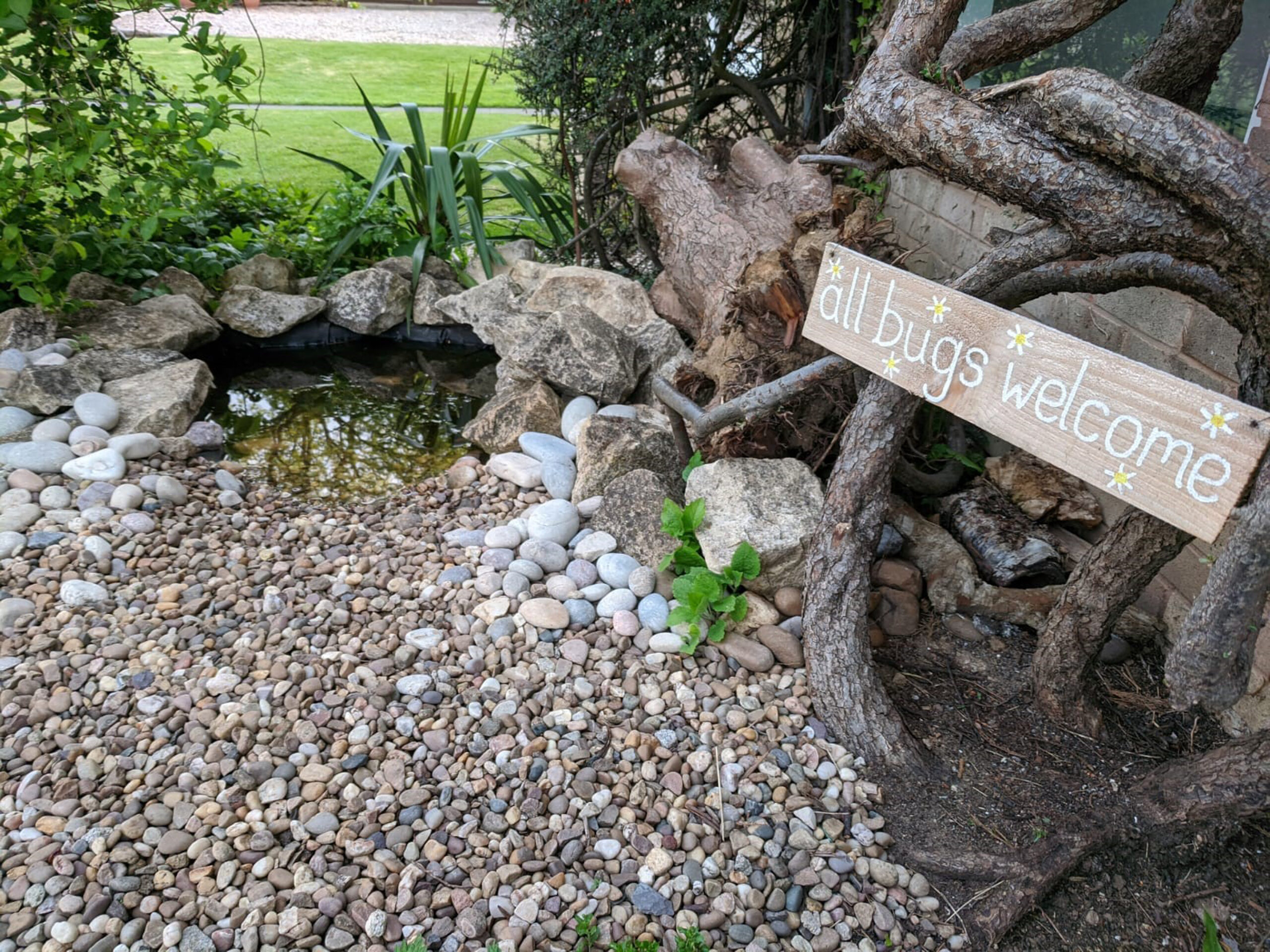How to build your own wildlife-friendly mini pond
Former Blue Peter gardener Chris Collins shares his expertise
Ever thought of creating a mini pond to help attract an endless stream of wildlife to your garden?
Former Blue Peter gardener Chris Collins has come up with a quirky way of doing it, which can involve all the family, be it on the weekend, at half term or during National Children’s Gardening Week.

Chris Collins
Collins, head of horticulture at gardening charity Garden Organic, says all you need for starters is an old washing-up bowl or plastic food tub. “A pond is a fantastic addition to any outside space. Not only do they look attractive but ponds provide vital water and habitats for a range of creatures such as hedgehogs, birds, frogs, newts and dragonflies.
“Many people think ponds need to be big to be beneficial, but that’s not the case. A small pond made from an old washing up basin or tub will soon be teeming with precious wildlife, providing a much-needed boost for our vital biodiversity.

“In my experience, children love to get stuck into digging a pond and once it’s complete and settled in, it’s a great spot to sit quietly and observe which creatures stop by. It’s a simple, practical way to teach children about animal life cycles, and show how they can take their own action to support our planet’s precious biodiversity.”
So where do you start? Here are Collins’ instructions for building your own mini pond:
You will need…

Raring to go with some pond-making materials
A spade or trowel
A large watertight container – ice cream tubs, washing up bowls or large plant pots are ideal
Gravel
Larger stones and twigs/small log
Rainwater or tap water
Pond plants (optional)
Step-by-step…
1. Choose a spot in your garden, backyard or balcony that attracts sun, but not all day. As the pond will be small it will need part shade, otherwise it could overheat.
2. If you are sinking the pond into the soil, place your container on the soil and draw a line around it with your trowel. Dig out the hole and place the container in it. Make sure it is watertight, and if there are any holes, use a pond liner to seal it. Fill in the spaces around the container with the soil you have dug out to make a snug fit.

Choose your mini pond space and dig a hole
3. Cover the bottom of the container with clean gravel or stones (these can come from your garden).
4. Put some larger stones or small logs on top of the gravel to create a range of depths in the pond, and a slope for creatures to climb in and out.
5. If your container isn’t sunk into the ground, you will need a ramp from the ground to the pond to give access to wildlife, so you could pile up stepping stones or a small branch leading up to the container.

Once the bowl is in, you can add aquatic plants
6. Fill, preferably with rainwater. If you don’t have any, tap water will do but it will need a week to acclimatise before insects will use it.
7. Place larger stones and twigs around the edges of the pond to create a haven for wildlife and make the pond more attractive.
8. To make it more appealing to wildlife and to keep algae at bay, you need to add one or two oxygenating pond plants and/or some barley straw. Dwarf varieties such as water moss, water violet, hornwort, willow moss and arrowhead (sagittaria) won’t overwhelm your small pond.

Your finished DIY mini pond might look something like this
Plants sold for oxygenating a fish tank are also helpful. If you don’t add oxygenating plants, you will need to change the water regularly with new rainwater, otherwise it will become sludgy and smelly in the summer months.
Wait for the wildlife…

Tadpoles
“Now that your pond is built, you can sit back and see who pays it a visit. Perhaps you’ll see a bird having a refreshing bath, or a hedgehog taking a drink under the cover of darkness,” says Collins.
“A resident frog might even move in, ready to help you with your gardening by tucking into the slugs and snails it comes across. There is something of interest happening all year round, from dragonflies laying their eggs, to the arrival of frog spawn in the spring which you can watch transform into tadpoles and then frogs.”
Health and safety…

Select your container and its position carefully and always supervise young children or create a barrier around the pond. Be aware that children can drown in as little as 5-8cm of water.
National Children’s Gardening Week runs from May 29-June 6
The Press Association
Latest posts by The Press Association (see all)
- 5 new books to read this week - November 23, 2024
- 3 easy Mary Berry recipes to make this season - November 22, 2024
- In Pictures: Party stalwart kept New Labour in touch with traditional supporters - November 21, 2024
- 6 easy indoor exercises to try this winter – and why they are good for you - November 19, 2024
- Martin Clunes: I can’t afford to retire – I’ve got too many horses - November 19, 2024





















